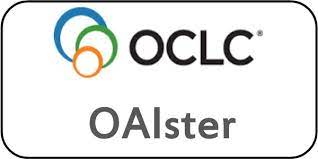Overweight and Obesity: Opening an Opportunity for Health
Abstract
Obesity is now recognized as a disease and is often preceded by an overweight status in its natural history of development. Though excess fat is often associated with morbidity, stigma and mortality, this editorial provides a unique perspective of identifying obesity and overweight status as a window of opportunity. The authors reflect how people living with obesity can be identified, motivated and managed, to ensure optimal comprehensive health.
Overweight and obesity, two frequently used words, are defined as abnormal or excessive fat accumulation that may impair health.1 These medical conditions can be easily identified in clinical practice by measuring body mass index (BMI). This is calculated by dividing an individual’s weight (kilogram) by the square of his/her height (meters squared).2 Indian standards define overweight as a BMI >23 kg/m2, and obesity as a BMI >25 kg/m2.
Outside Asia, however, the thresholds used to define overweight and obesity are 25 and 30 kg/m2, respectively. In children aged 5 to 19 years, age-specific BMI cut offs are used, while in younger children, weight-for-height ratios are calculated to assess weight health.
Downloads
Published
Issue
Section
License
All open access articles published in IJCP are distributed under the terms of the CC BY-NC 4.0 license (Creative Commons Attribution-Non-Commercial 4.0 International Public License). This license permits unrestricted use, distribution, and reproduction of the articles in any medium for non-commercial purposes, provided that: The original authorship is properly and fully attributed. The IJCP is cited as the original place of publication with correct citation details. If an original work is reproduced or disseminated in part or as a derivative work, this must be clearly indicated. No articles are reproduced for commercial use without prior consent from the IJCP. All licensing requests and permissions for commercial use will be managed by the Publisher.










